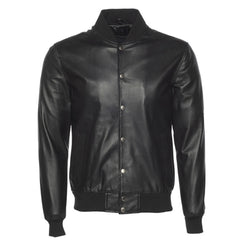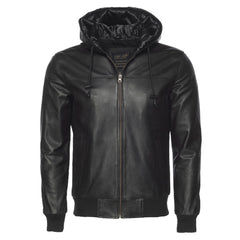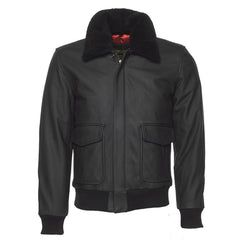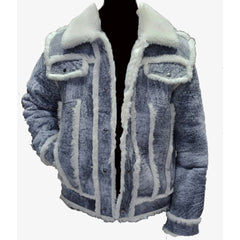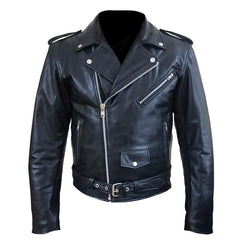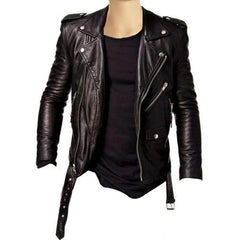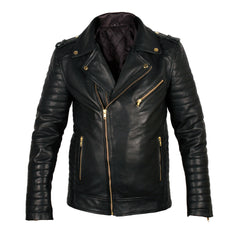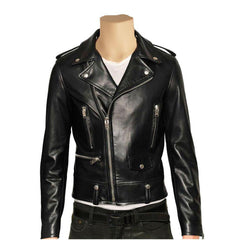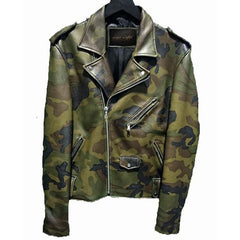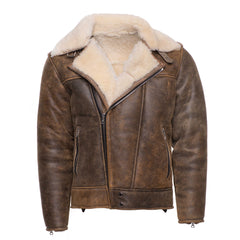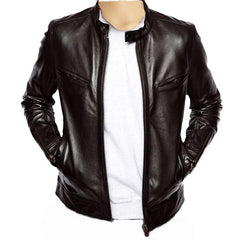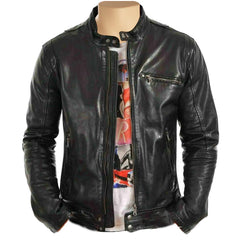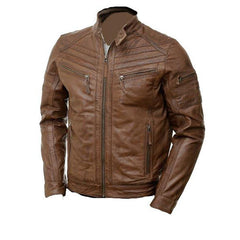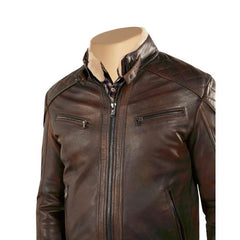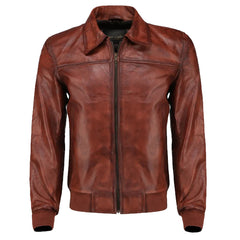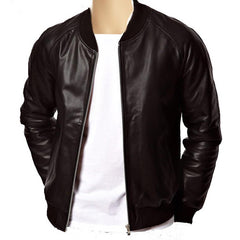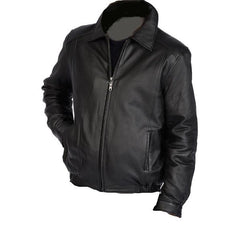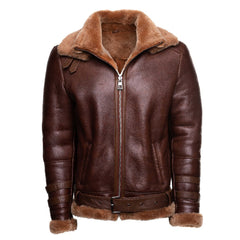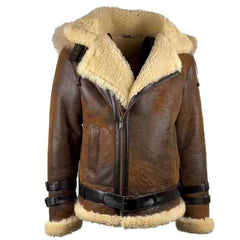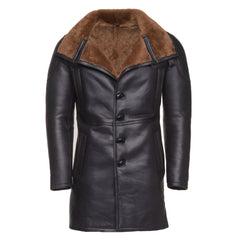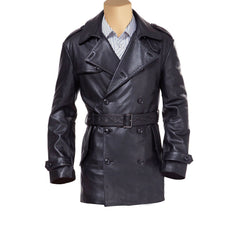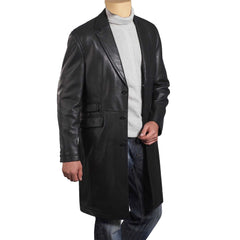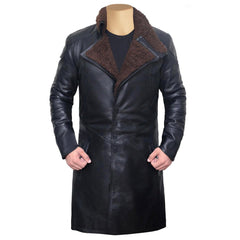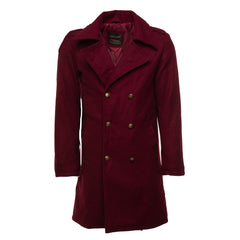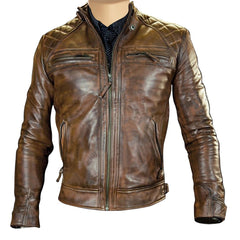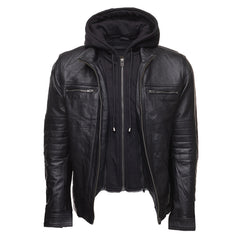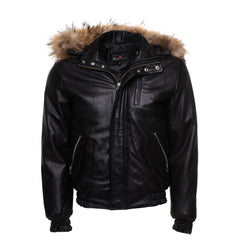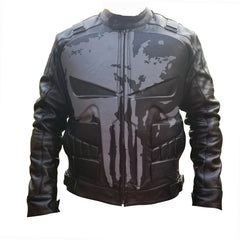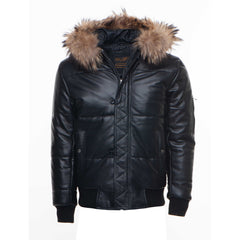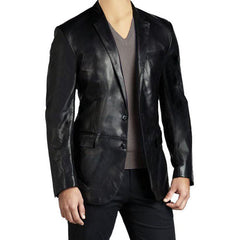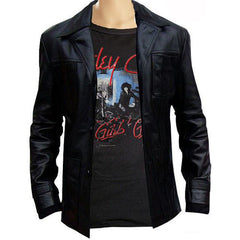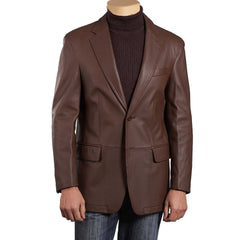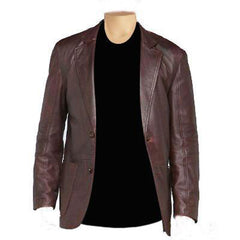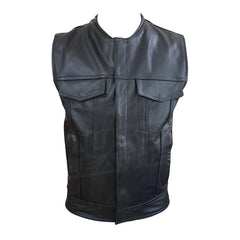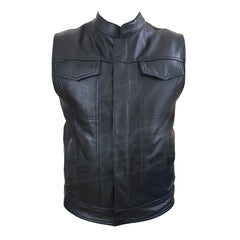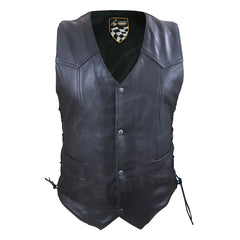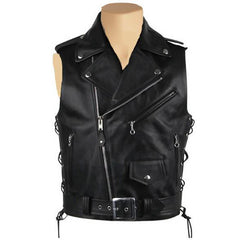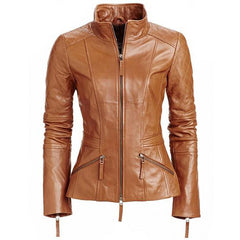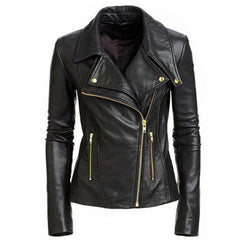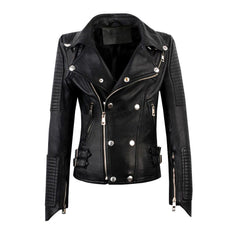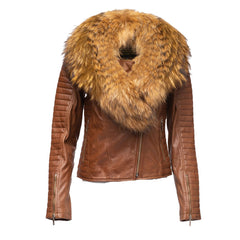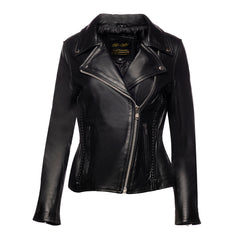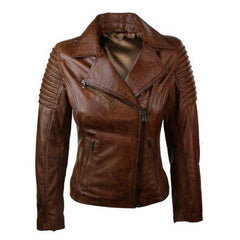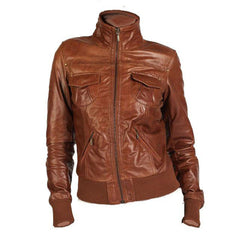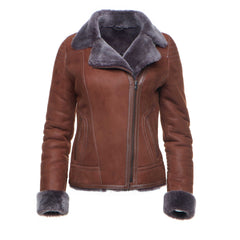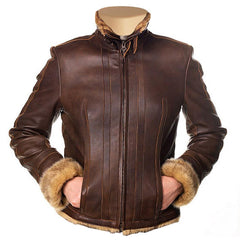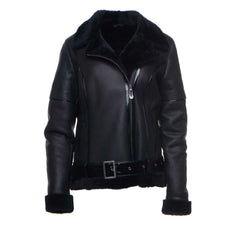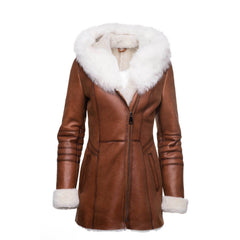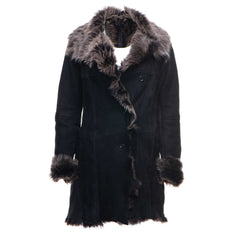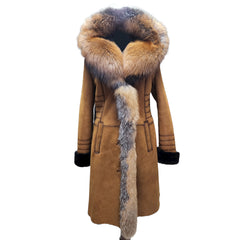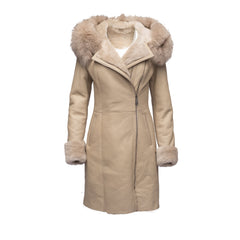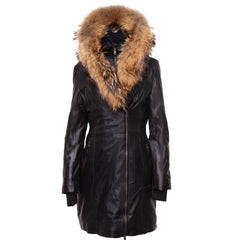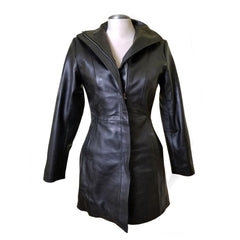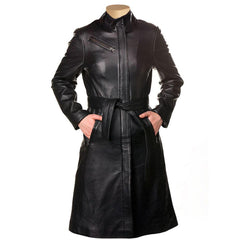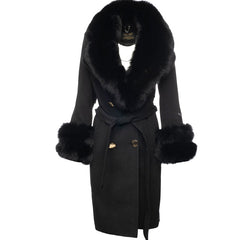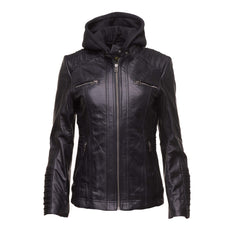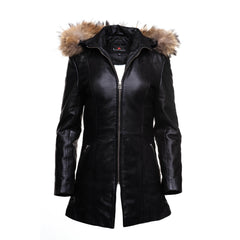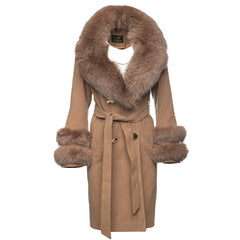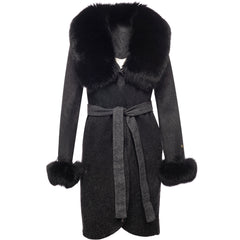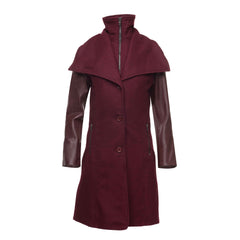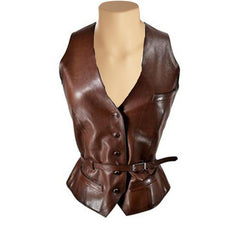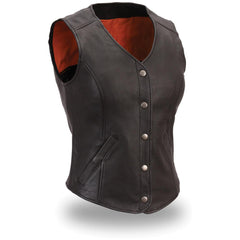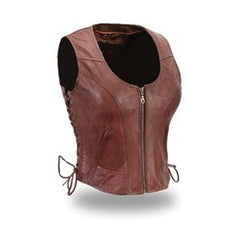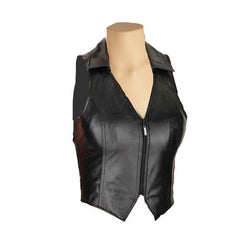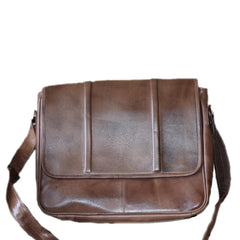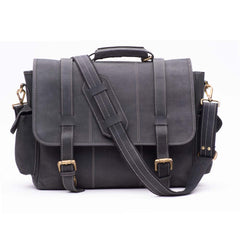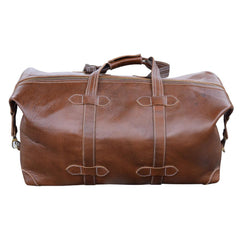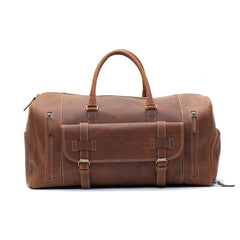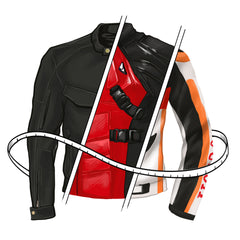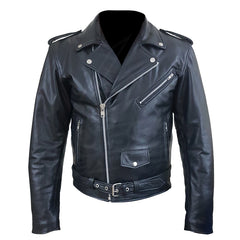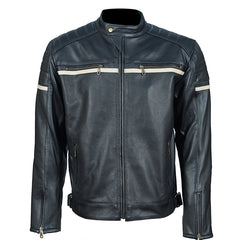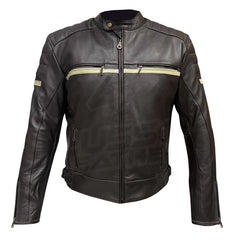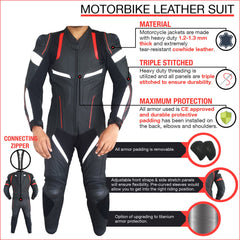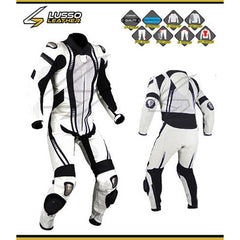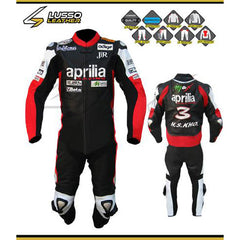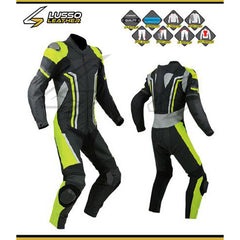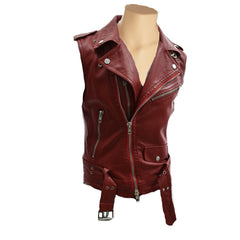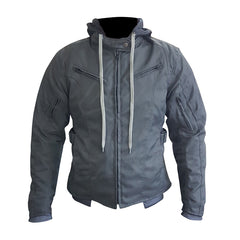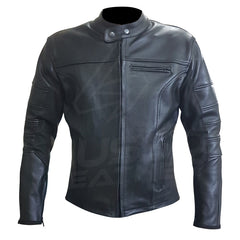How is Leather Actually Made? A Lusso Leather Guide

At Lusso Leather, we believe in complete transparency. It is our goal to educate you on the way our products are made, but also simply inform you in case you are simply wondering! After reading this article, you’ll be fully educated on the steps of leather creation supply chain process. The principal methods of making leather haven't changed that much over the years, but that doesn't mean it is easy. Tanners are highly trained professionals and the process of creating a leather jacket is surprisingly complicated and lengthy, they have to go through many steps to produce a high-quality leather jacket.
Lusso Leather's Jacket Making Process
To get from a salted hide to a piece of leather ready for use in a leather jacket takes 10 working days! The steps below show you what tanneries must do to turn hides into leather:
-
Curing

Raw hides and skins must be preserved to stop them deteriorating before the leather-making process can begin. Methods of preservation include salting, chilling, freezing and the use of biocides.
-
Soaking

Cured hides or skins are soaked in water for several hours to several days. This allows them to reabsorb any water they may have lost in the curing process or during transportation. It also helps to clean them of salt and dirt.
-
Painting
Painting is a method by which wool can be removed from sheepskins using a sulphide based mixture.
-
Liming
Liming removes the epidermis and hair. This also results in alkaline swelling of the pelt to cause a controlled breaking of some of the chemical crosslinks of the collagen.
-
Fleshing
After liming the pelt is passed through a machine to remove fleshy tissue from the flesh side. Hides may be split into layers at this stage or after tanning.
-
De-liming
The principal action of de-liming is to gradually neutralize the alkali in the pelt, avoiding rapid changes in pH which could lead to distortion or disruption of the tissues.
-
Bating

A long de-lime can significantly improve the removal of any remaining lime, scud (miscellaneous debris) and residual components broken down during liming. Bating - based on the use of enzymes - completes this process so that the pelt is flat, relaxed, clean and ready for pickling and tanning.
-
Pickling
Weak acid and salt solutions are used to bring the pelt to the weakly acid state required for most tanning processes. Stronger pickling solutions are used to preserve pelts so that they can be stored or transported in a stable form over periods of several months.
-
Degreasing

Solvents or water-based systems can be used to remove excess grease before tanning.
10. Tanning
Tanning converts the protein of the raw hide or skin into a stable material, which will not putrefy and is suitable for a wide variety of purposes. Tanning materials form crosslinks in the collagen structure and stabilize it against the effects of acids, alkalis, heat, water and the action of micro-organisms. The main types of tanning materials are:
a. Mineral tonnages
Most leather is tanned using salts of chromium.
b. Aldehyde and oil tonnages
Tanning with aldehydes and oils produce very soft leathers and this system can be used to produce dry, cleanable, and washable fashion leathers and chamois leather.
c. Vegetable tonnages
Various plant extracts produce brown coloured leathers, which tend to be thick and firm. This type of tonnage is used to produce stout sole leather, belting leather and leathers for shoe linings, bags and cases. In fact, there are various types of lining materials that are used for bags and cases, such as suede, canvas, and polyester.

11. Splitting
A splitting machine slices thicker leather into two layers. The layer without a grain surface can be turned into suede or have an artificial grain surface applied.
12. Shaving
A uniform thickness is achieved by shaving the leather on the non-grain side using a machine with a helical blade mounted on a rotating cylinder.
13. Neutralization

Neutralizing removes residual chemicals and prepares the leather for further processing and finishing.
Additional tanning material may be applied to give properties which are required in the finished leather.
14. Dyeing
The dyeing of leather into a wide variety of colours plays an important part in meeting fashion requirements. Some leathers are only surface dyed, while others need completely penetrated dyeing, as is the case with suede leathers.
15. Fat liquoring

Fat liquoring introduces oils to lubricate the fibers and keep the leather flexible and soft. Without these oils the leather will become hard and inflexible as it dries out.
16. Samming
This process reduces water content to about 55% and can be achieved by several machines, the commonest being like a large mangle with felt covered rollers.
17. Setting out

The leather is stretched out and the grain side is smoothed. This process also reduces the water content to about 40%.
18. Final drying
Leather is normally dried to 10-20% water content. This can be achieved in several ways and each method has a different effect on the finished leather:
19. Staking and dry drumming

A staking machine makes the leather softer and more flexible by massaging it to separate the fibers. To finish off the leather may be softened by the tumbling action inside a rotating drum.
20. Buffing and Brushing
The flesh surface is removed by mechanical abrasion to produce a suede effect or to reduce the thickness. In some cases, the grain surface is buffed to produce a very fine nap, e.g. nubuck leathers. After buffing the leather is brushed to remove excess dust, this process helps to distinguish nubuck vs suede leathers.
21. Finishing
The aims of finishing are to level the colour, cover grain defects, control the gloss and provide a protective surface with good resistance to water, chemical attack and abrasion.
22. Final grading
Leather will be graded before dispatch to the customer. This grading may consider the colour intensity and uniformity, the feel of the leather, softness, visual appearance, thickness, design effects and natural defects such as scratches.
23. Measurement
The area of each piece of leather is measured by machine. Nearly all leather is sold by area so accurate measurement is important.
Lusso Leather

Leather jackets are a popular choice for fashion enthusiasts and motorcycle riders alike. But when it comes to purchasing a leather jacket, there's a big difference between custom-made jackets and factory-produced jackets. While factory-produced jackets may be more affordable and readily available, custom-made jackets offer a superior fit and unique style. At Lusso Leather, we specialize in custom-made leather jackets that are tailored to your exact measurements and style preferences. By working with our skilled artisans, you can create a one-of-a-kind garment that perfectly fits your body and your sense of style.
We sell our products across Canada and are among the best in Ontario’s industry. Inquire about getting a custom leather jacket (in any color or style) that fits perfectly to your body.
Find out more:












